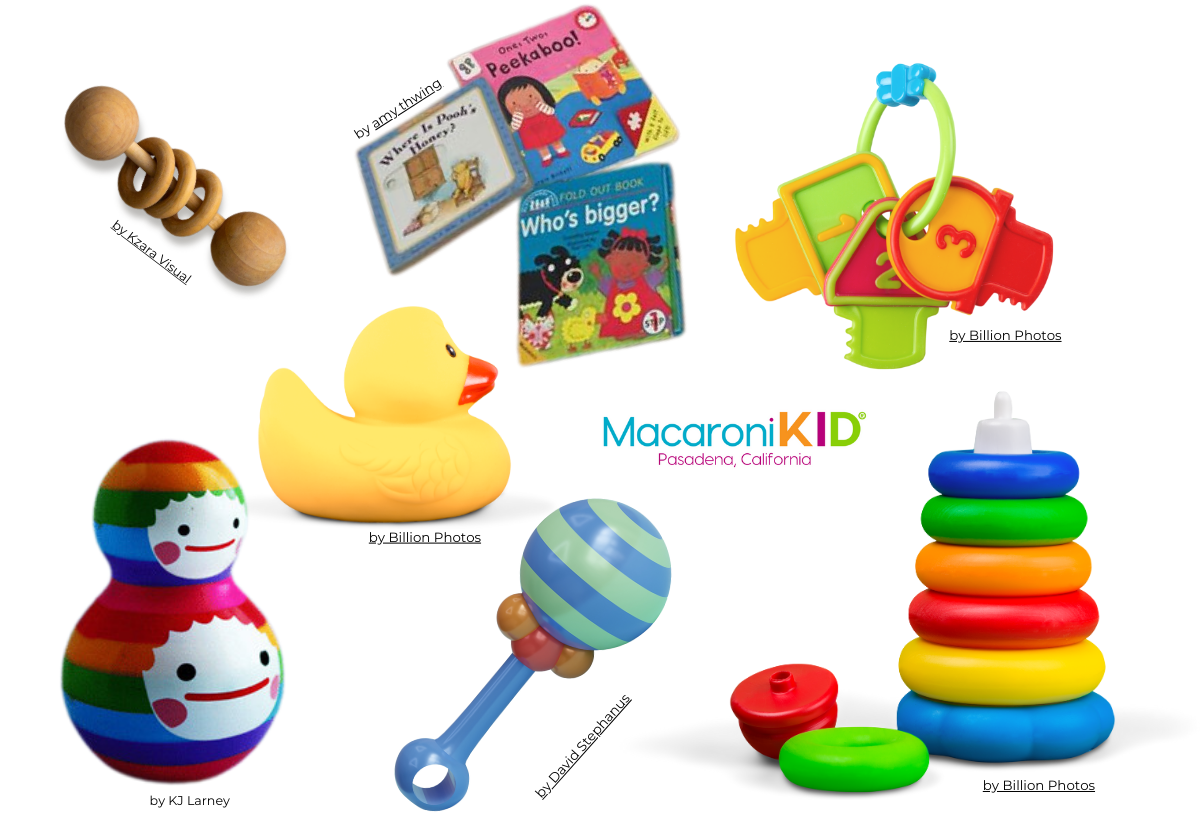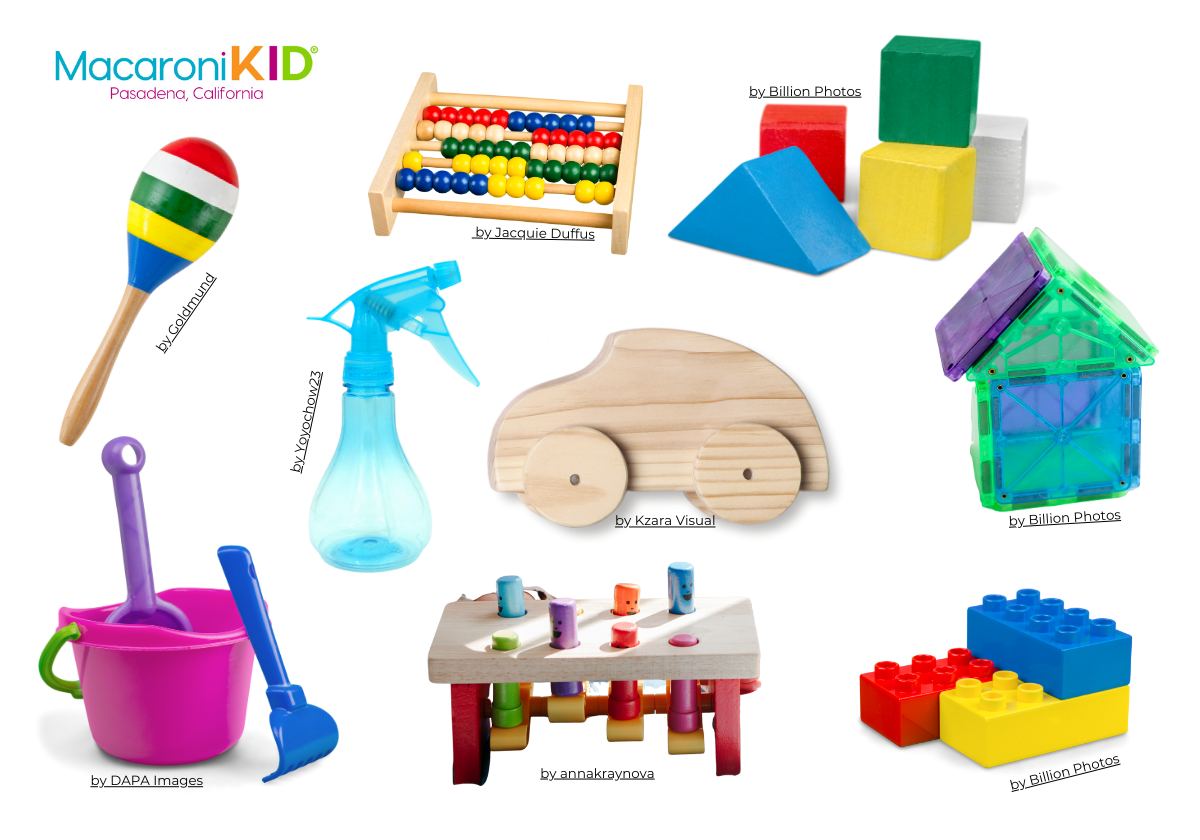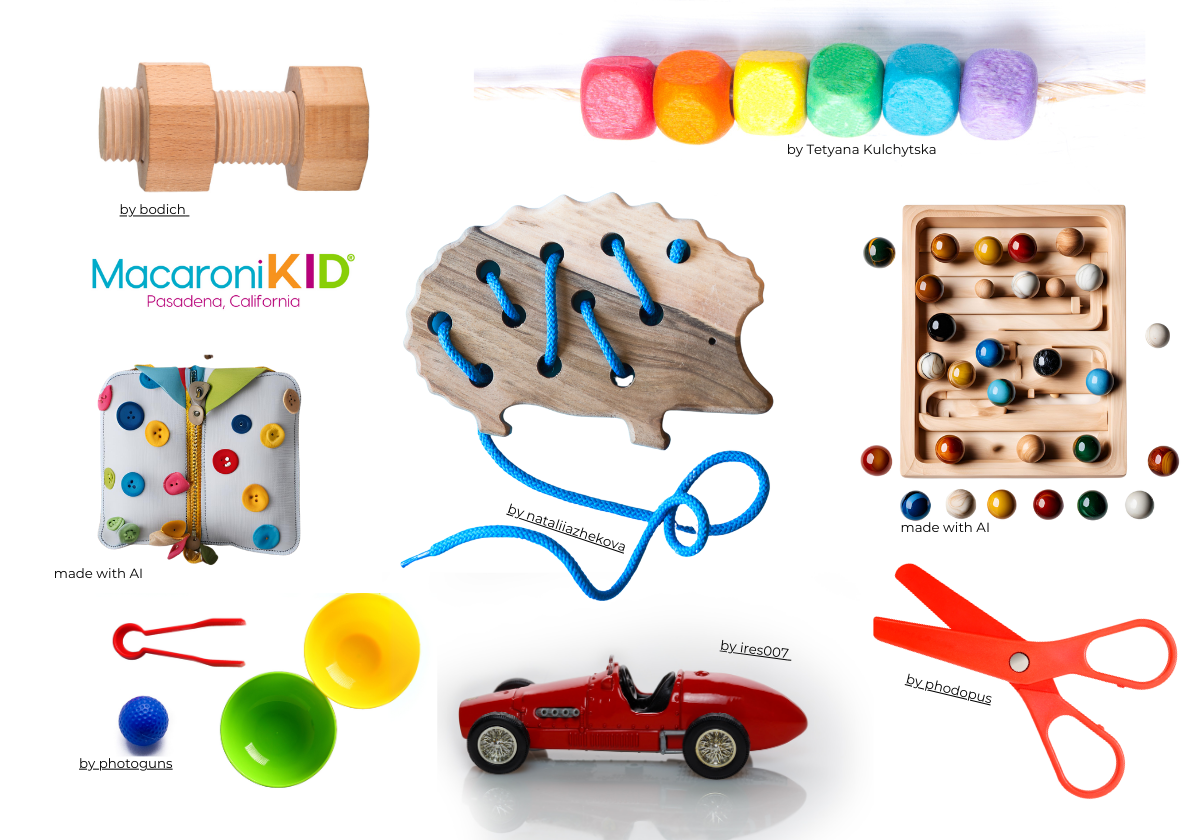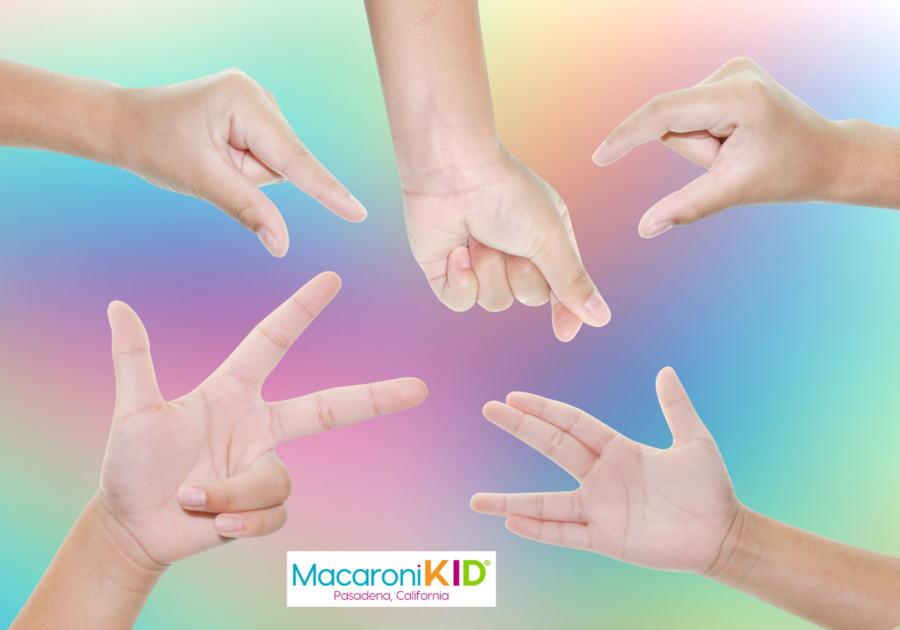The refinement of fine motor skills is really important for young children. Their ability to manipulate small items with hands and fingers will later translate into the ability to write quickly (as in taking notes), to have legible handwriting and develop the ability to touch-type. The biggest reason that it takes longer for some children than others to learn to tie shoes is the development of fine motor skills. For the sake of clarity, fine motor refers to small (but important) movement in the small muscles, while gross motor refers to large movement of larger muscles, such as used to throw a ball, run, skip, or turn a somersault. Gross motor is important, of course, for other things, such as P.E. class, sports, and generally not making a fool of yourself on the dance floor. Fine motor, on the other hand involves the tiny muscles, such as in the hands, that allow you to do complex tasks such as pinching and grasping. To achieve good manual dexterity, the work begins in infancy and should be nurtured throughout childhood. The good news is that the nurturing and practice can all be done through play. Below are the developmental guidelines for young age groups and also the types of toys you can use to help nurture your child’s fine motor skills. | |||||
Babies & Toddlers mostly individual movements or movement & release | |||||
key skills & tasks
| practice with
| ||||
 | |||||
Toddlers & Preschoolers combination of movements, such as grasping and turning, or refinement of individual movements | |||||
key skills & tasks
| practice with
| ||||
 | |||||
Preschoolers through Early Elementary refinement of combination movements increased ability to manipulate tinier objects | |||||
key skills & tasks
| practice with
| ||||
 | |||||
Older Children further refinement and more complex fine motor tasks | |||||
|
|
| |||
 | |||||



